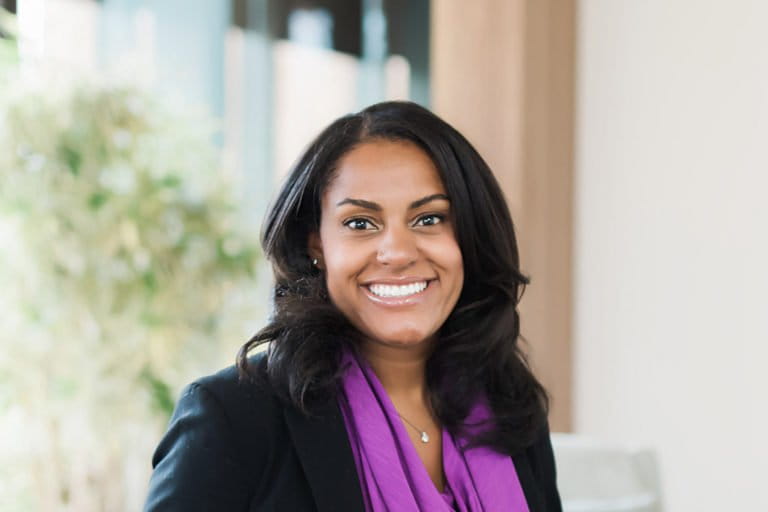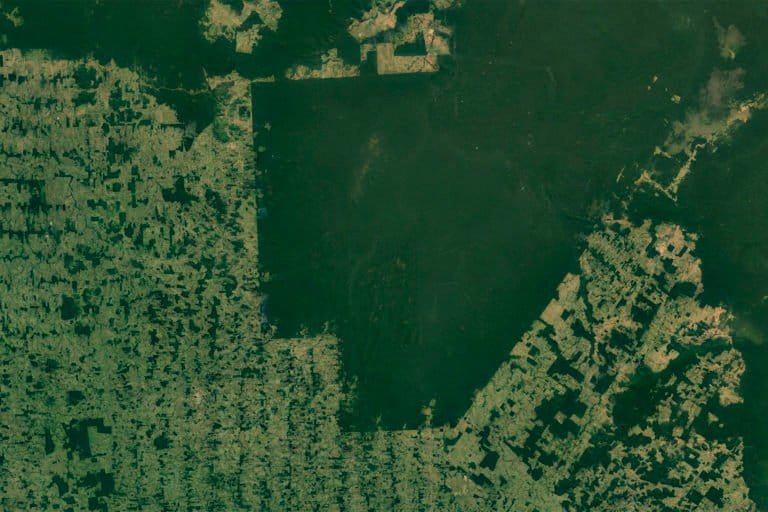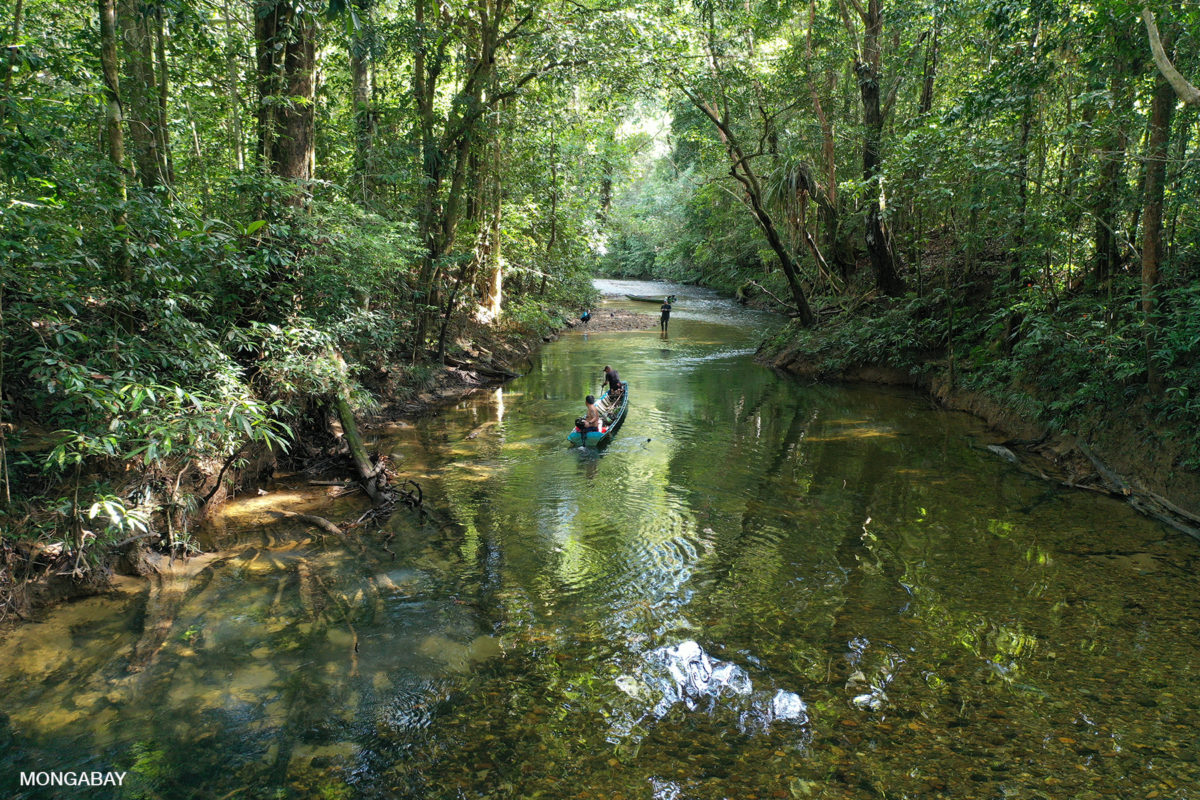For at least the past 20 years, there has been regular talk about the need to break down silos in conservation. The argument is straightforward: to be successful, the field must be interdisciplinary and inclusive to address the myriad issues that impact a range of stakeholders. For example, protecting an area is rarely as simple as putting a fence around a tract of land; for conservation to be sustainable in the long term, it needs, at the very least, to address the needs of wildlife and local people who live in and around the area.
But in practice, the conservation sector as a whole has been slow to bring the necessary voices and expertise into the conversation. That hesitancy, or inertia, has at times left the sector open to criticism that it hasn’t moved beyond its colonial roots and, in some contexts, isn’t doing enough to address the root drivers of threats to the very places and species it aspires to protect. It can also mean missed opportunities to broaden conservation’s constituency: Connecting conservation with other positive outcomes, from health to livelihoods, gives more people more reasons to care and get involved.

Kai Carter understands this well. As a program officer at the Packard Foundation’s Agriculture, Livelihoods, and Conservation (ALC) strategy, her work focuses on supporting organizations that work at the intersection of local communities, rights, health, and the environment.
“While still early days, we have already learned from grantee partners that, like many issue spaces in philanthropy, environmental sustainability and agricultural economic opportunities are inextricably linked,” Carter told Mongabay in a recent interview. “Local agriculture, economic development, and conservation are interwoven in people’s lives; they don’t view them as separate. We can’t look at a forest simply for its biodiversity and focus on protecting it without also understanding the role it plays in local livelihoods and local economies. And in turn, how local communities contribute to natural resource management.
“So we’ve been exploring how our grantmaking can be more effective by approaching environmental sustainability, livelihoods, community resilience, and health holistically and with the intention of centering the needs and aspirations of smallholder farming communities.”

Carter cited FUTURES–My Forest, My Livelihood, and My Family, a project that works with a range of stakeholders in forest communities in southwest Ethiopia, and Alam Sehat Lestari (ASRI), which provides affordable health care to local communities living around a protected rainforest in Indonesian Borneo, as examples of the kind of projects that embody this approach. Both of these organizations, along with others in the ALC portfolio, make a point of being inclusive in how they go about their work — something that Carter says should be more widely embraced across the conservation sector.
“One of the common criticisms in traditional conservation is around the lack of inclusivity: both at the local level where the voices of communities most connected with natural ecosystems are often excluded from governing institutions, and decision-making processes,” she said. “This is an area where we can really shift conservation efforts to make community knowledge and leadership foundational.”
Those efforts need to include voices that have often been excluded from conversations, she said.
“Traditionally the sector has had a limited view of whose expertise or scholarship is valued in academic and professional spaces — specifically undervaluing Indigenous knowledge and not recognizing the BIPOC leaders and scholars. I think this view is expanding, and more diverse voices are being valued, but the conservation field still has a long way to go.”

Carter said that funders have a role to play in supporting this transition by providing “flexible and unrestricted funding to Indigenous-led organizations” and championing Indigenous knowledge.
“When Indigenous leaders are making the decisions about the landscapes around them, we can make sure the protection of those environments is informed by their expertise instead of executed at their expense.”
Carter spoke of these issues and many more during a recent conversation with Mongabay.

